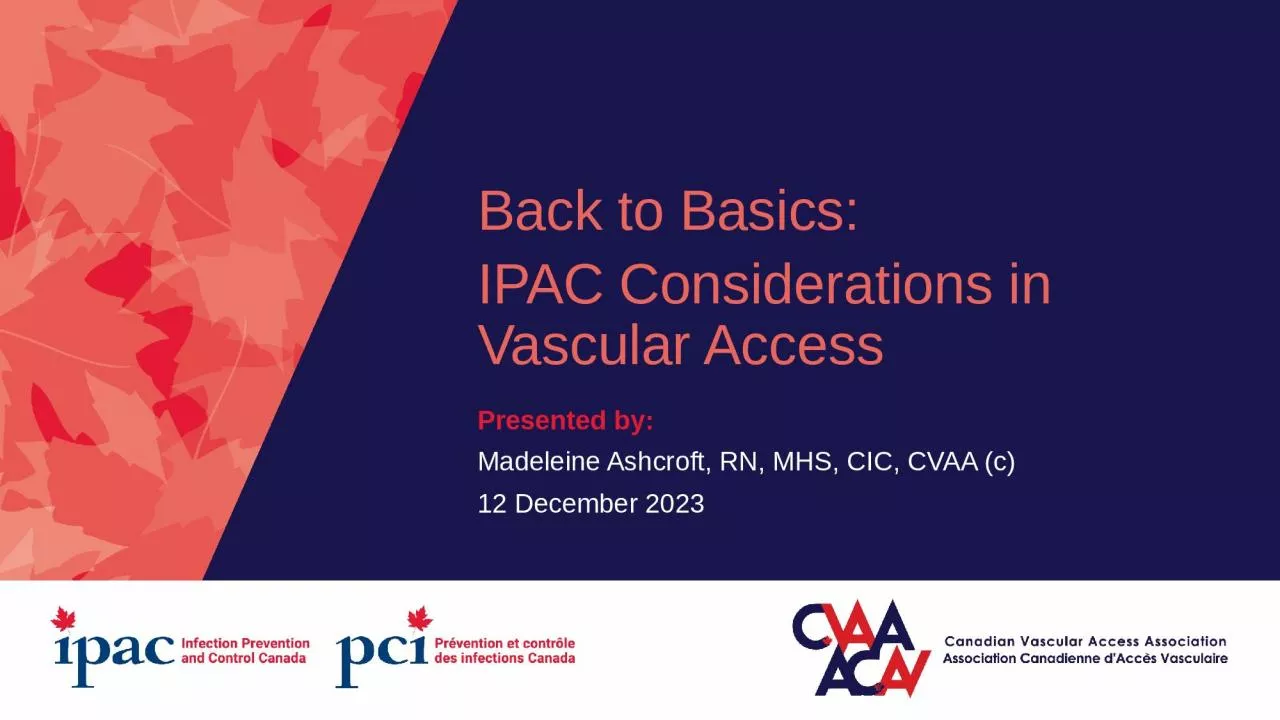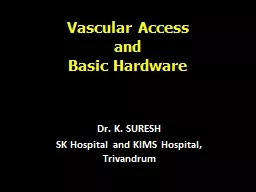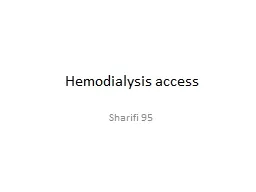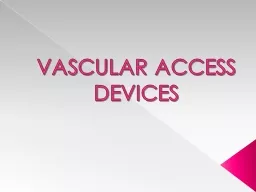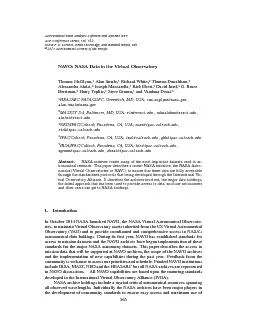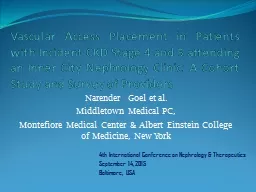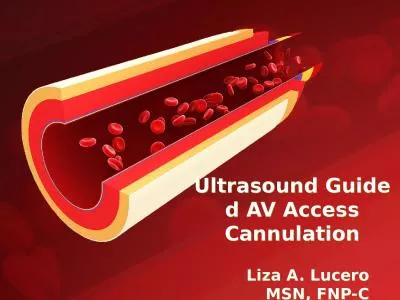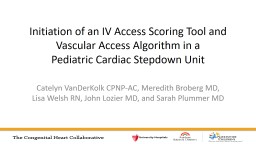PPT-Back to Basics: IPAC Considerations in Vascular Access
Author : lucy | Published Date : 2023-12-30
Madeleine Ashcroft RN MHS CIC CVAA c 12 December 2023 Introduction ICPs and Vascular Access Nurses have different roles and specialty knowledge but we share concerns
Presentation Embed Code
Download Presentation
Download Presentation The PPT/PDF document "Back to Basics: IPAC Considerations in ..." is the property of its rightful owner. Permission is granted to download and print the materials on this website for personal, non-commercial use only, and to display it on your personal computer provided you do not modify the materials and that you retain all copyright notices contained in the materials. By downloading content from our website, you accept the terms of this agreement.
Back to Basics: IPAC Considerations in Vascular Access: Transcript
Download Rules Of Document
"Back to Basics: IPAC Considerations in Vascular Access"The content belongs to its owner. You may download and print it for personal use, without modification, and keep all copyright notices. By downloading, you agree to these terms.
Related Documents

